Home>Furniture & Design>Interior Design Trends>How To Do Glass Painting
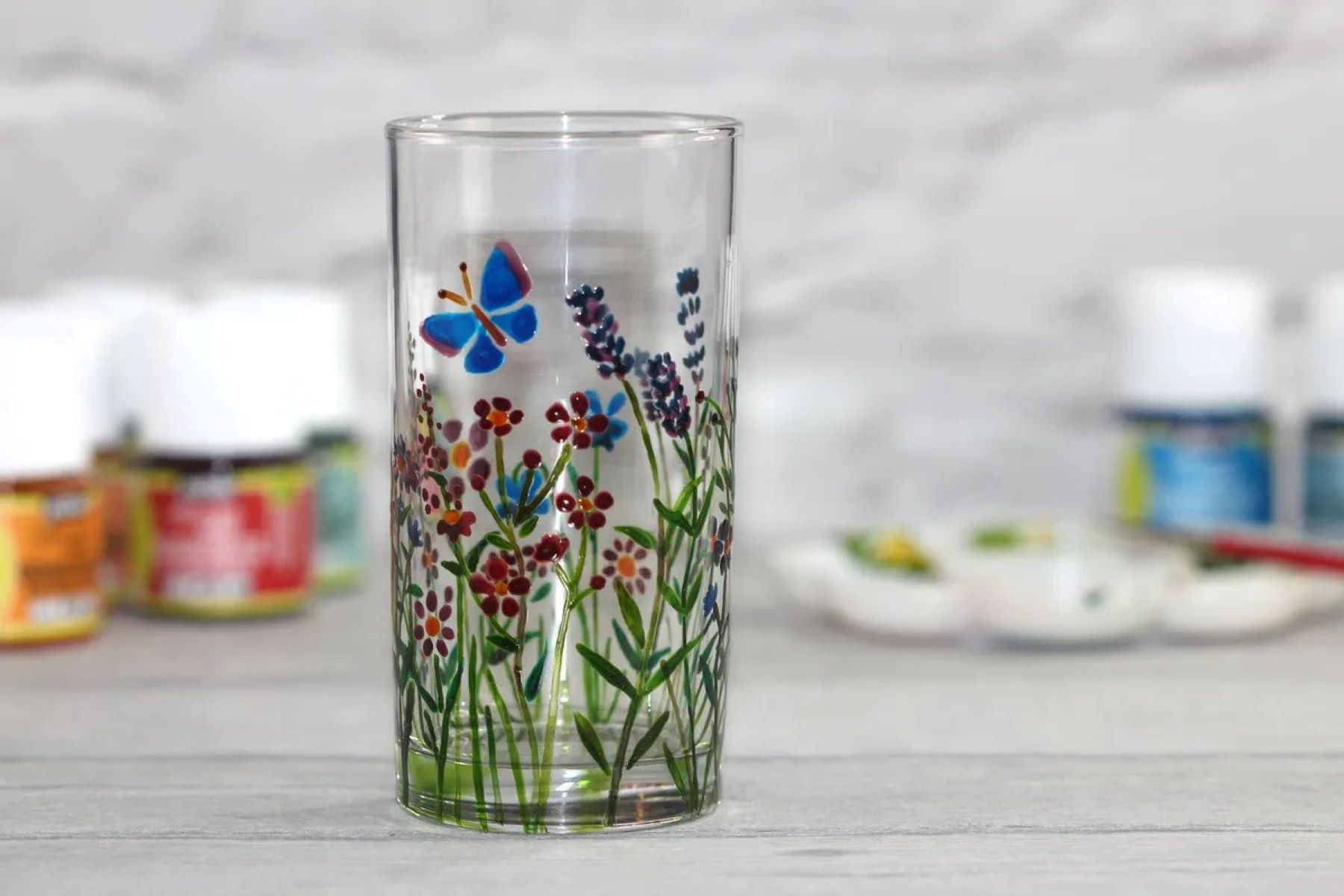

Interior Design Trends
How To Do Glass Painting
Published: February 4, 2024
Learn the latest interior design trends with our guide on how to do glass painting. Elevate your home decor with these creative techniques.
(Many of the links in this article redirect to a specific reviewed product. Your purchase of these products through affiliate links helps to generate commission for Storables.com, at no extra cost. Learn more)
Introduction
Glass painting is a captivating art form that allows individuals to transform ordinary glass surfaces into stunning works of art. Whether you're a seasoned artist or a beginner looking to explore a new creative outlet, glass painting offers a unique and rewarding experience. This versatile medium provides endless opportunities for self-expression and allows artists to experiment with a wide range of colors, textures, and techniques.
The beauty of glass painting lies in its ability to infuse life and vibrancy into everyday objects. From decorative ornaments and vases to window panels and glassware, the possibilities are truly limitless. By harnessing the interplay of light and color, artists can create mesmerizing pieces that captivate the eye and evoke a sense of wonder.
One of the most appealing aspects of glass painting is its accessibility. With a modest investment in materials and a willingness to learn, anyone can embark on this creative journey. Whether you prefer to work with traditional stained glass paints or explore the realm of contemporary glass art, the process of glass painting is both meditative and exhilarating.
As you delve into the world of glass painting, you'll discover the joy of bringing your imagination to life on a transparent canvas. The transparency of glass adds an intriguing dimension to your artwork, allowing light to interact with your creations in a way that is truly enchanting. Whether you're drawn to the delicate intricacies of floral motifs or the bold, abstract designs that push the boundaries of creativity, glass painting invites you to explore and express your artistic vision in a truly unique manner.
In the following sections, we will delve into the materials needed, preparation, design and sketching, painting techniques, adding details, curing and sealing, and displaying your artwork. Each step will guide you through the process of creating stunning glass paintings, empowering you to unleash your creativity and craft pieces that will be cherished for years to come.
Key Takeaways:
- Unleash Your Creativity with Glass Painting
Glass painting offers a captivating and accessible way to bring your imagination to life. With the right materials and techniques, you can create stunning artworks that enchant and inspire. - Elevate Your Art with Details and Display
Adding intricate details and thoughtful display settings can transform your glass paintings into captivating visual narratives. From fine lines to lighting enhancements, every element contributes to a mesmerizing artistic experience.
Read more: How Do You Paint Glass
Materials Needed
When venturing into the captivating world of glass painting, it's essential to gather the right materials to ensure a seamless and enjoyable creative process. Here's a comprehensive list of the essential items you'll need to embark on your glass painting journey:
-
Glass Surfaces: Select the glass surfaces you wish to paint on, such as glass panels, vases, ornaments, or glassware. Ensure that the surfaces are clean and free from any dust or debris to facilitate smooth painting.
-
Glass Paints: Invest in high-quality glass paints that are specifically formulated for use on glass surfaces. These paints are available in a wide array of vibrant colors and finishes, including transparent, translucent, and opaque options. Consider both water-based and solvent-based paints based on your preferences and project requirements.
-
Paintbrushes: Acquire a set of fine-tipped paintbrushes suitable for glass painting. Different brush sizes and shapes will enable you to execute intricate details and broad strokes with precision.
-
Palette: A palette or mixing dish is essential for blending and diluting your glass paints to achieve the desired hues and consistencies.
-
Palette Knife: This tool is useful for mixing and applying paints, especially when working with textured or dimensional painting techniques.
-
Stencil or Tracing Paper: If you plan to incorporate precise designs or patterns into your glass paintings, stencils or tracing paper will aid in transferring the designs onto the glass surfaces.
-
Painter's Tape: Utilize painter's tape to create clean and defined edges or sections on the glass surface, particularly when working on geometric or segmented designs.
-
Rubbing Alcohol: This serves as a crucial cleaning agent to prepare the glass surface before painting, ensuring the removal of any residual oils or contaminants.
-
Lint-Free Cloths: Use lint-free cloths to wipe and dry the glass surfaces after cleaning with rubbing alcohol, ensuring a pristine painting surface.
-
Protective Gear: Consider using gloves and aprons to protect your skin and clothing from paint splatters and stains during the painting process.
By assembling these essential materials, you'll be well-equipped to embark on your glass painting endeavors with confidence and creativity. With the right tools at your disposal, you can fully immerse yourself in the art of glass painting and bring your imaginative visions to life on transparent canvases, creating captivating pieces that will enchant and inspire.
Preparation
Before delving into the enchanting process of glass painting, thorough preparation is essential to ensure optimal results and a seamless painting experience. The preparation phase sets the foundation for your artistic endeavors, laying the groundwork for vibrant and enduring glass artworks. Here's a detailed guide to the crucial steps involved in preparing for your glass painting journey:
-
Surface Cleaning: Begin by meticulously cleaning the glass surface that you intend to paint on. Use a lint-free cloth and rubbing alcohol to thoroughly wipe the surface, removing any dust, fingerprints, or residual oils. This step is vital as it ensures that the paint adheres smoothly to the glass, preventing any imperfections or adhesion issues.
-
Workspace Setup: Designate a well-lit and well-ventilated workspace for your glass painting endeavors. Ensure that the area is free from clutter and distractions, providing you with a conducive environment to unleash your creativity. Lay down protective coverings on your work surface to prevent any accidental spills or stains.
-
Design Visualization: Take the time to visualize and plan your design concept for the glass painting. Whether you're inspired by nature, abstract patterns, or intricate motifs, sketch out your ideas on paper to refine and finalize the design before transferring it onto the glass surface.
-
Stencil Preparation (If Applicable): If you plan to incorporate stencils or tracing paper for precise designs, ensure that the stencils are clean and free from any residue. Secure the stencils in place on the glass surface using painter's tape, ensuring that they remain steady during the painting process.
-
Paint Mixing: Prepare your glass paints by carefully mixing and diluting them to achieve the desired colors and consistencies. Utilize a palette and palette knife to blend the paints, experimenting with different hues and opacities to bring your artistic vision to life.
-
Test Strokes and Techniques: Before commencing the actual painting on the glass surface, it's beneficial to conduct test strokes and techniques on a spare piece of glass. This allows you to familiarize yourself with the behavior of the paints and brushes, refining your approach and gaining confidence in your painting techniques.
By meticulously attending to these preparatory steps, you set the stage for a fulfilling and successful glass painting experience. The preparation process not only ensures the optimal condition of the glass surface but also empowers you to approach your artwork with clarity and purpose, laying the groundwork for the seamless execution of your creative vision.
Design and Sketching
Design and sketching serve as the pivotal stages in the glass painting process, allowing artists to translate their creative visions into tangible and captivating artworks. This phase is where imagination meets precision, as artists conceptualize their designs and meticulously transfer them onto the transparent canvas of glass. Here's a detailed exploration of the essential considerations and steps involved in the design and sketching phase of glass painting:
Conceptualization:
The design and sketching phase commences with the conceptualization of the artwork. Whether inspired by nature's beauty, abstract geometries, or intricate patterns, artists immerse themselves in the creative process, envisioning the composition and visual elements that will adorn the glass surface. This stage encourages free-flowing creativity, enabling artists to explore diverse themes and motifs that resonate with their artistic sensibilities.
Read more: How To Paint Glass
Sketch Development:
Once the conceptual framework is established, artists proceed to develop detailed sketches of their designs. Whether working with pencil and paper or directly on tracing paper, this step allows for the refinement of intricate details, proportions, and spatial arrangements. Artists meticulously craft their sketches, ensuring that the envisioned design seamlessly harmonizes with the unique characteristics of the glass surface.
Transferring the Design:
After finalizing the sketch, the next critical step involves transferring the design onto the glass surface. For freehand designs, artists use specialized glass markers or paints to directly outline the sketched design onto the glass, embracing the fluidity and spontaneity of their artistic expression. Alternatively, for precise and intricate designs, artists may utilize stencils or tracing paper to transfer the design with precision and accuracy, ensuring a flawless rendition of their envisioned artwork.
Consideration of Transparency and Light:
An inherent aspect of designing for glass painting is the consideration of transparency and light interaction. Artists strategically incorporate elements that leverage the transparent nature of glass, allowing light to interact with the painted surfaces in captivating ways. This consideration adds depth and dimension to the artwork, creating an enchanting interplay of colors and luminosity that elevates the visual impact of the finished piece.
Iterative Refinement:
Throughout the design and sketching phase, artists engage in iterative refinement, continuously evaluating and enhancing the design to achieve the desired aesthetic and expressive impact. This iterative process allows for creative exploration and fine-tuning, ensuring that the final design embodies the artist's original vision while embracing the unique qualities of glass as a medium.
The design and sketching phase of glass painting encapsulates the fusion of artistic inspiration and meticulous craftsmanship, laying the foundation for the creation of captivating and enduring artworks. Through thoughtful conceptualization, detailed sketch development, and the seamless transfer of designs onto the transparent canvas of glass, artists embark on a transformative journey that culminates in the realization of their creative visions.
Read more: What Kind Of Paint Do You Use On Glass
Painting Techniques
The painting techniques employed in glass painting play a pivotal role in shaping the visual impact and expressive depth of the artwork. From delicate brushwork to innovative applications of color and texture, the diverse array of techniques empowers artists to infuse their creations with captivating nuances and dynamic visual appeal. Here, we delve into the intricacies of various painting techniques that elevate the art of glass painting:
Brushwork and Stippling:
Brushwork serves as the fundamental technique in glass painting, allowing artists to apply paints with precision and finesse. Fine-tipped paintbrushes enable the execution of intricate details, while broader brushes facilitate the application of sweeping strokes and color gradients. Stippling, a technique involving the use of small, distinct dots, adds texture and depth to the painted surfaces, creating visually engaging patterns and tactile richness.
Sgraffito and Scumbling:
Sgraffito involves the delicate art of scratching or etching into the painted surface to reveal the glass beneath, allowing for the creation of intricate lines, textures, and subtle contrasts. This technique adds a dimension of tactility and visual intrigue to the artwork. On the other hand, scumbling entails the application of translucent or opaque layers of paint over the base coat, creating a soft, hazy effect that imparts a sense of ethereal beauty to the glass painting.
Marbling and Grisaille:
Marbling techniques involve the manipulation of paints to emulate the organic patterns and swirls found in natural marble, infusing the glass surface with a sense of timeless elegance and organic allure. Grisaille, a monochromatic painting technique, utilizes varying shades of a single color to create nuanced tonal variations and subtle gradations, lending a sense of depth and sophistication to the artwork.
Read more: How To Paint Wine Glasses
Reverse Painting and Layering:
Reverse painting on glass involves applying layers of paint in reverse order, starting with the foreground elements and progressing to the background, resulting in a captivating sense of depth and dimensionality. Layering techniques, whether through translucent washes or opaque overlays, enable artists to build complex visual narratives and evoke emotive resonance within the glass paintings.
Texturing and Embellishments:
Texturing techniques encompass the application of specialized mediums or additives to create tactile surfaces, adding a tactile dimension to the glass painting. Furthermore, the incorporation of embellishments such as metallic leaf, glitter, or dimensional accents introduces a touch of opulence and visual intrigue, elevating the artwork with shimmering luminosity and captivating embellishments.
By mastering these diverse painting techniques, artists unlock a world of creative possibilities, infusing their glass paintings with expressive depth, captivating textures, and dynamic visual allure. Each technique serves as a brushstroke in the artist's narrative, contributing to the rich tapestry of artistic expression and elevating the glass painting into a mesmerizing and enduring work of art.
Adding Details
Adding intricate details to a glass painting is a transformative process that breathes life and character into the artwork, elevating it from a mere composition to a captivating visual narrative. This phase allows artists to infuse their creations with nuanced elements, subtle embellishments, and expressive touches that engage the viewer's imagination and evoke a sense of wonder. Here, we delve into the art of adding details to glass paintings, exploring the techniques and considerations that enrich the artistic tapestry.
Embellishing with Fine Lines and Accents:
Fine lines and delicate accents serve as the foundation for adding intricate details to glass paintings. Utilizing fine-tipped paintbrushes, artists meticulously delineate contours, define intricate patterns, and imbue the artwork with a sense of precision and refinement. Whether tracing the delicate veins of a floral petal or outlining the intricate motifs of a geometric design, the art of fine line work adds a layer of sophistication and visual intricacy to the glass painting.
Read more: How To Bake Painted Glass
Incorporating Microscopic Elements:
Microscopic elements, such as tiny droplets, specks, or minuscule patterns, contribute to the visual richness and textural depth of the glass painting. These subtle details invite the viewer to engage in a closer examination, discovering hidden nuances and intricate subtleties that enrich the overall composition. Whether evoking the glistening dew on a petal or the delicate stippling of a textured surface, microscopic elements infuse the artwork with a sense of enchanting realism and tactile allure.
Introducing Dimensional Accents:
Dimensional accents, including raised textures, sculpted embellishments, or three-dimensional inclusions, introduce a tactile dimension to the glass painting. By incorporating specialized mediums or additives, artists create dynamic surfaces that interact with light, casting captivating shadows and highlights that imbue the artwork with a sense of depth and tactile allure. These dimensional accents add a layer of sensory engagement, inviting the viewer to appreciate the artwork from multiple perspectives and angles.
Infusing Symbolic Motifs and Narrative Elements:
Symbolic motifs and narrative elements serve as evocative details that imbue the glass painting with deeper meaning and storytelling resonance. Whether incorporating symbolic imagery, allegorical motifs, or narrative vignettes, artists infuse their creations with layers of emotional depth and conceptual richness. These details invite the viewer to embark on a visual journey, unraveling the symbolic significance and narrative threads woven into the artwork.
Harmonizing Color and Texture:
Incorporating intricate details involves a harmonious interplay of color and texture, where subtle variations and tonal contrasts enrich the visual tapestry of the glass painting. By strategically blending hues, layering translucent washes, and juxtaposing textural elements, artists create a symphony of visual allure that captivates the eye and evokes emotive resonance. The seamless integration of color and texture within the intricate details elevates the glass painting into a mesmerizing and immersive artistic experience.
In essence, adding details to a glass painting is a transformative process that transcends mere embellishment, infusing the artwork with layers of visual intrigue, tactile allure, and conceptual resonance. Through meticulous craftsmanship and expressive finesse, artists breathe life into their creations, inviting viewers to immerse themselves in a world of captivating details and enchanting narratives.
Read more: How To Cure Painted Glass
Curing and Sealing
Curing and sealing represent the crucial final stages in the glass painting process, ensuring the longevity, durability, and preservation of the artwork. These essential steps not only enhance the visual impact of the glass painting but also safeguard it against environmental factors, ensuring that the artist's creative vision endures for years to come.
Curing Process:
After the completion of the painting, allowing the glass painting to cure is essential to ensure the adherence and permanence of the paints. The curing process involves allowing the painted glass surface to air-dry thoroughly, enabling the paints to bond with the glass substrate. Depending on the specific type of glass paints used, the curing duration may vary, ranging from several hours to a few days. It is imperative to follow the manufacturer's guidelines regarding the recommended curing time and environmental conditions to facilitate optimal paint adhesion and durability.
Heat Setting (Optional):
For certain types of glass paints, heat setting may be recommended to further enhance the durability and washability of the painted surface. This process typically involves carefully heating the cured glass painting in a controlled manner, either through oven baking or heat curing methods. By subjecting the painted glass to controlled heat, the paints undergo a chemical bonding process, resulting in increased resilience and resistance to wear and tear. It is essential to exercise caution and adhere to the specific heat setting instructions provided by the paint manufacturer to avoid any damage to the glass or paints during this process.
Sealing the Artwork:
Sealing the completed glass painting is a critical step in preserving its vibrancy and protecting it from external elements. Utilizing a high-quality glass sealant or varnish designed for use on painted glass surfaces, artists carefully apply a protective layer over the cured and heat-set painting. The sealant serves as a shield against UV radiation, moisture, and physical abrasion, safeguarding the integrity of the artwork. Additionally, the sealant enhances the visual depth and luminosity of the painted surface, imparting a glossy or matte finish based on the artist's preference.
Read more: How To Paint Glass Vases
Considerations for Display and Handling:
Once the glass painting is cured and sealed, it is essential to consider the optimal methods for displaying and handling the artwork. When displaying the glass painting, ensure that it is positioned away from direct sunlight and extreme temperature variations to prevent potential damage or fading. When handling the artwork, exercise care to avoid scratching or chipping the painted surface, and consider using soft padding or framing to provide additional protection.
By meticulously attending to the curing and sealing processes, artists ensure that their glass paintings are not only visually captivating but also resilient and enduring. These final steps serve as a testament to the artist's dedication to preserving their creative expressions, allowing the glass paintings to enchant and inspire viewers for generations to come.
Displaying Your Artwork
Displaying your glass artwork is a pivotal aspect of sharing your creative vision with the world and enhancing the visual impact of your pieces. Thoughtful presentation not only elevates the aesthetic allure of the artwork but also ensures that it is showcased in a manner that resonates with viewers. Here are essential considerations and strategies for effectively displaying your glass paintings:
Selecting the Display Setting:
When choosing the ideal setting for displaying your glass artwork, consider the interplay of light, space, and ambiance. Opt for locations with ample natural or ambient lighting to accentuate the luminous qualities of the glass. Whether it's a well-lit alcove, a dedicated art gallery wall, or a prominent spot in a sunlit room, the display setting should complement the artwork's visual dynamics.
Framing and Mounting Options:
Explore framing and mounting options to enhance the presentation of your glass paintings. Custom framing can provide a polished and professional touch, accentuating the artwork while offering protection. Additionally, consider mounting techniques such as standoffs or shadow box frames to create a captivating sense of depth and dimension, allowing the artwork to command attention within its display space.
Read more: How To Paint A Glass Lamp
Curating Complementary Arrangements:
When displaying multiple glass paintings, curate arrangements that harmonize and complement the individual artworks. Consider the interplay of colors, themes, and visual motifs to create cohesive and visually engaging displays. Thoughtful curation can evoke a sense of narrative continuity and thematic resonance, inviting viewers to immerse themselves in a curated artistic experience.
Lighting Enhancements:
Strategic lighting can significantly enhance the visual impact of your glass paintings. Explore adjustable spotlights, track lighting, or ambient illumination to highlight specific details, textures, and color nuances within the artwork. By harnessing the interplay of light and shadow, you can create captivating visual dynamics that captivate and enthrall viewers.
Interactive Display Elements:
Consider incorporating interactive elements into the display of your glass artwork to engage viewers on a sensory level. For instance, integrating mirrored surfaces, kinetic elements, or interactive lighting installations can create immersive and dynamic display experiences, inviting viewers to interact with and appreciate the artwork from diverse perspectives.
Protective Measures and Maintenance:
Implement protective measures to safeguard your glass paintings from potential damage or environmental factors. Whether it's utilizing UV-protective glass for framing, employing climate control in the display area, or establishing regular maintenance routines, prioritizing the preservation of your artwork ensures its enduring allure and longevity.
By thoughtfully considering these strategies for displaying your glass artwork, you can create captivating and immersive visual experiences that resonate with viewers and elevate the appreciation of your creative expressions. Each display setting becomes a stage for your artistic narrative, inviting viewers to immerse themselves in the captivating world of glass painting.
Frequently Asked Questions about How To Do Glass Painting
Was this page helpful?
At Storables.com, we guarantee accurate and reliable information. Our content, validated by Expert Board Contributors, is crafted following stringent Editorial Policies. We're committed to providing you with well-researched, expert-backed insights for all your informational needs.
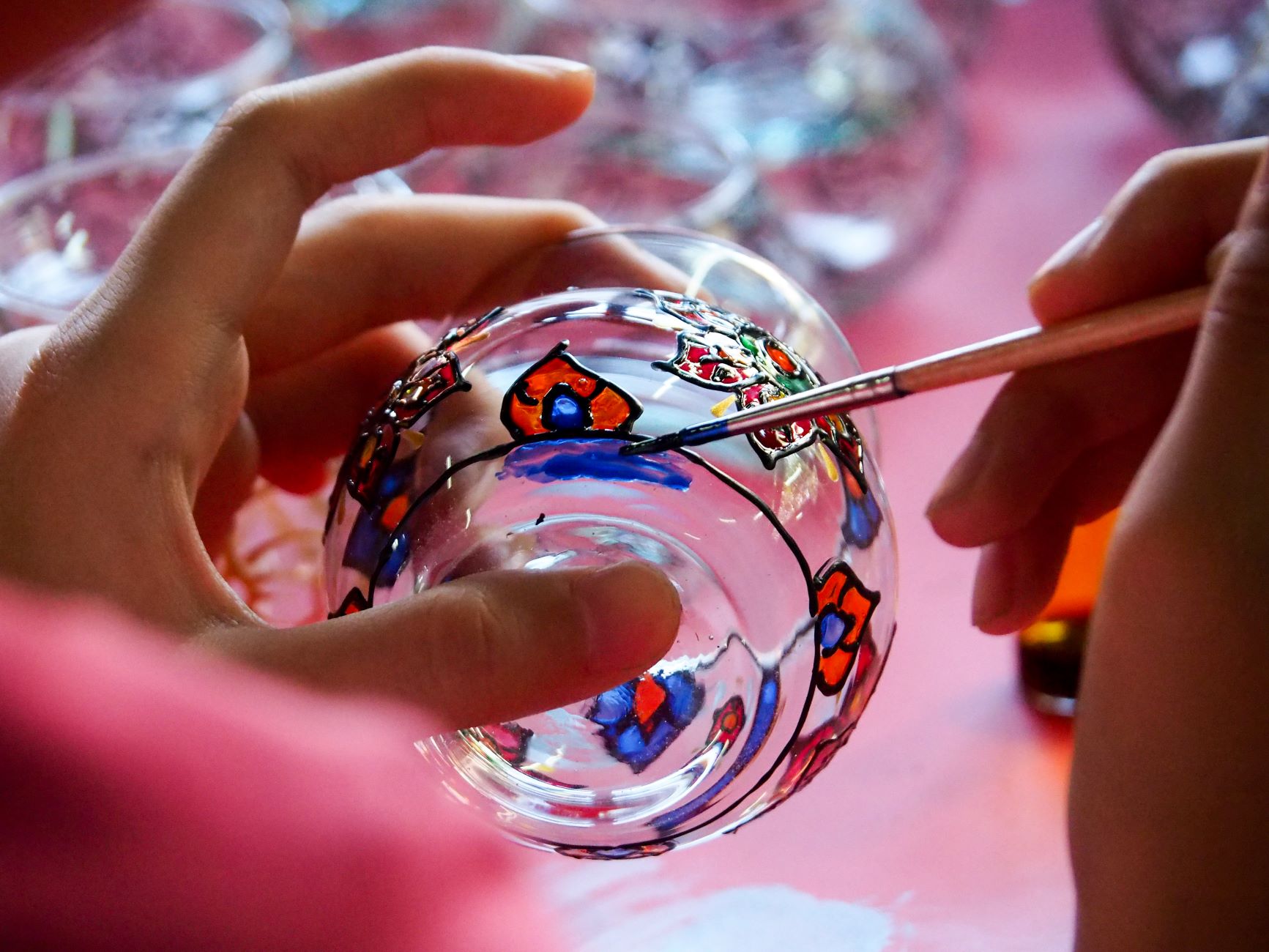
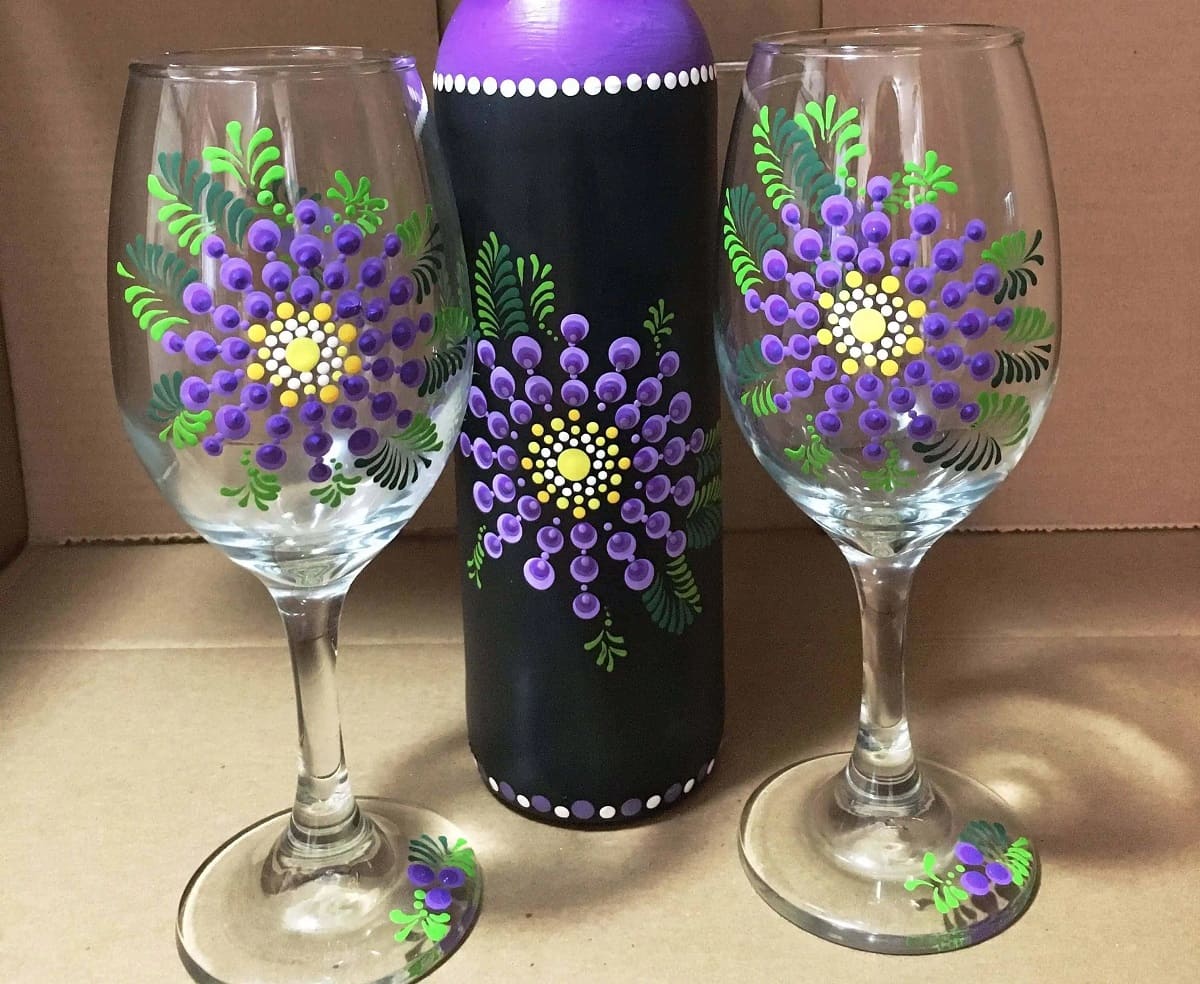
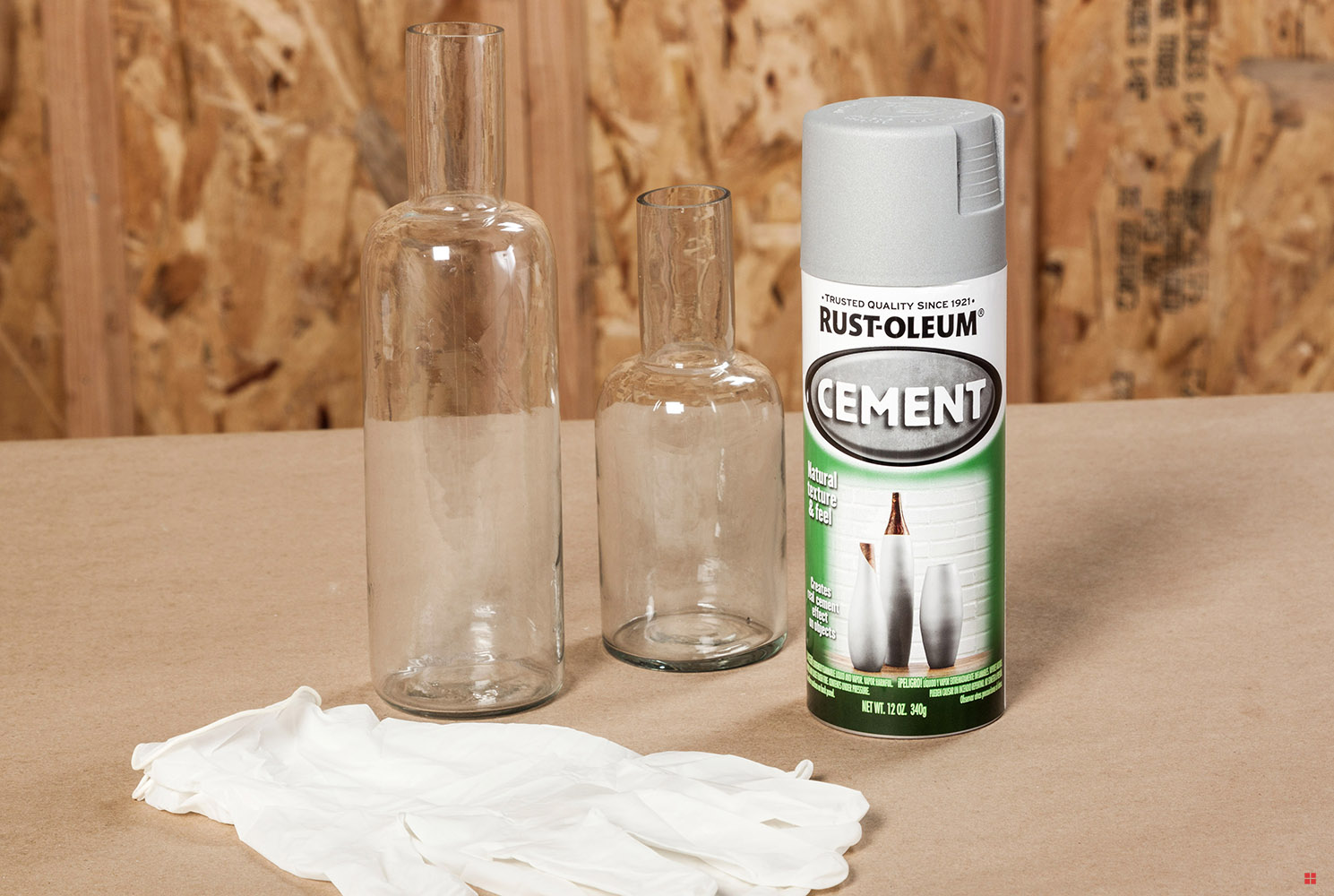
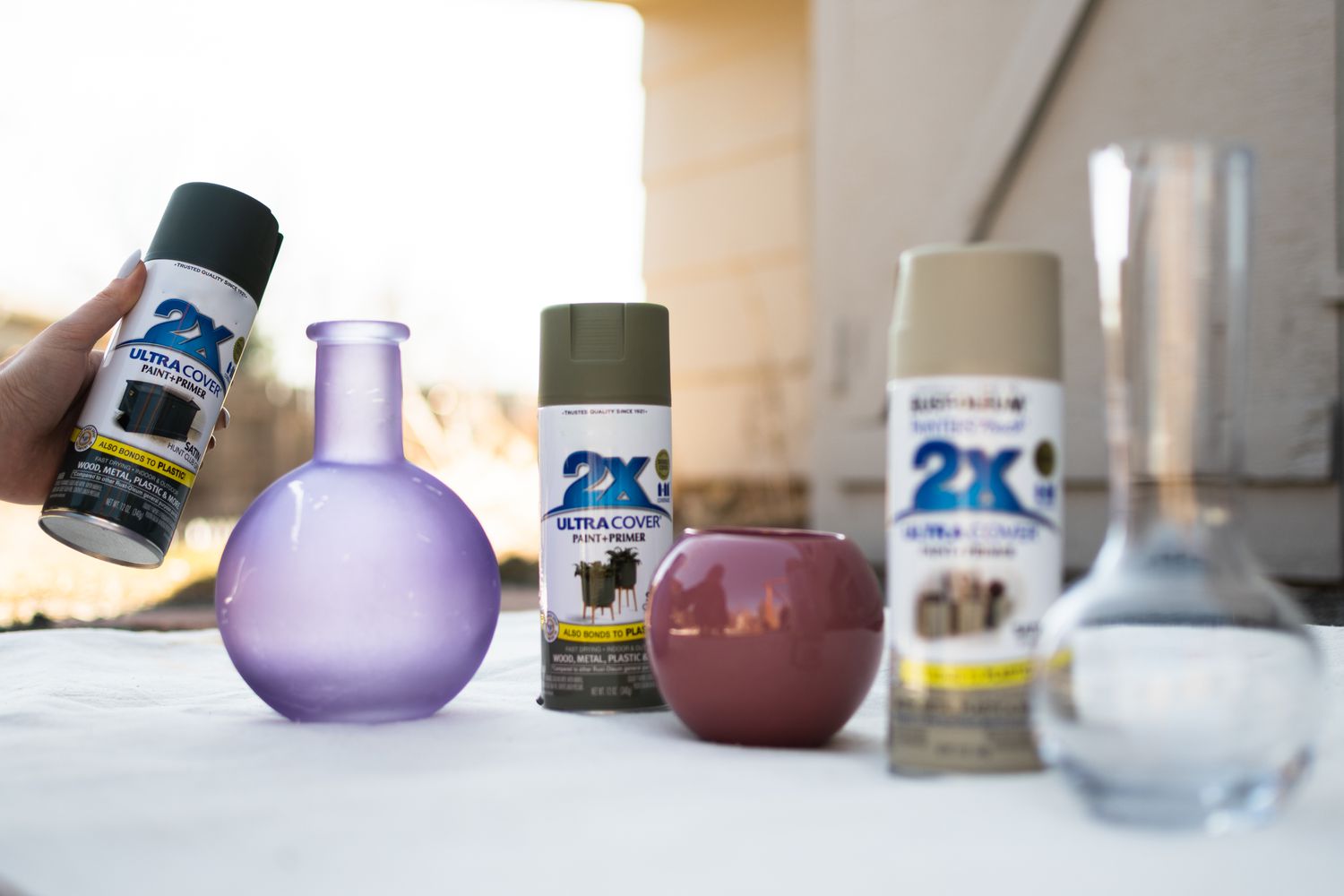
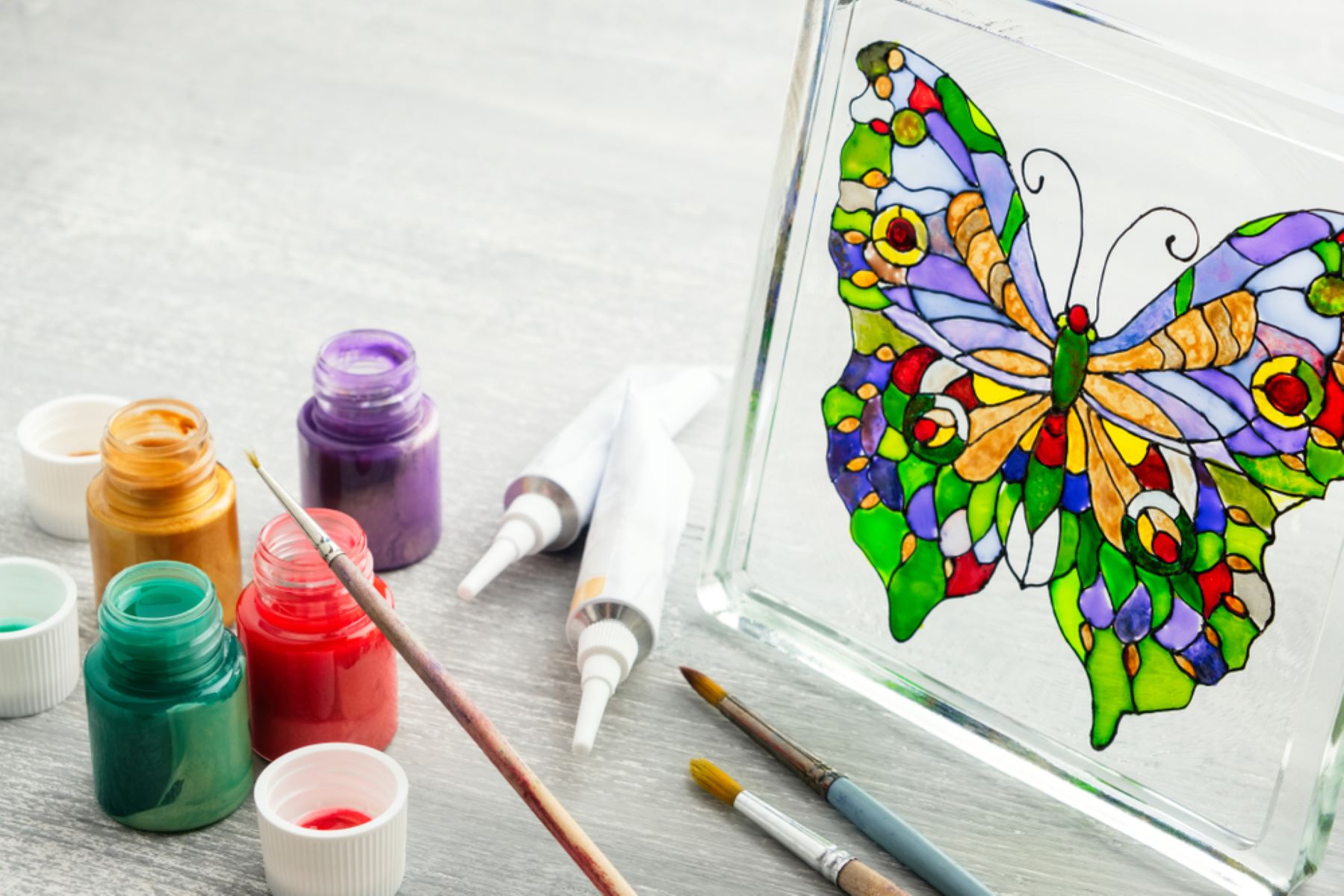
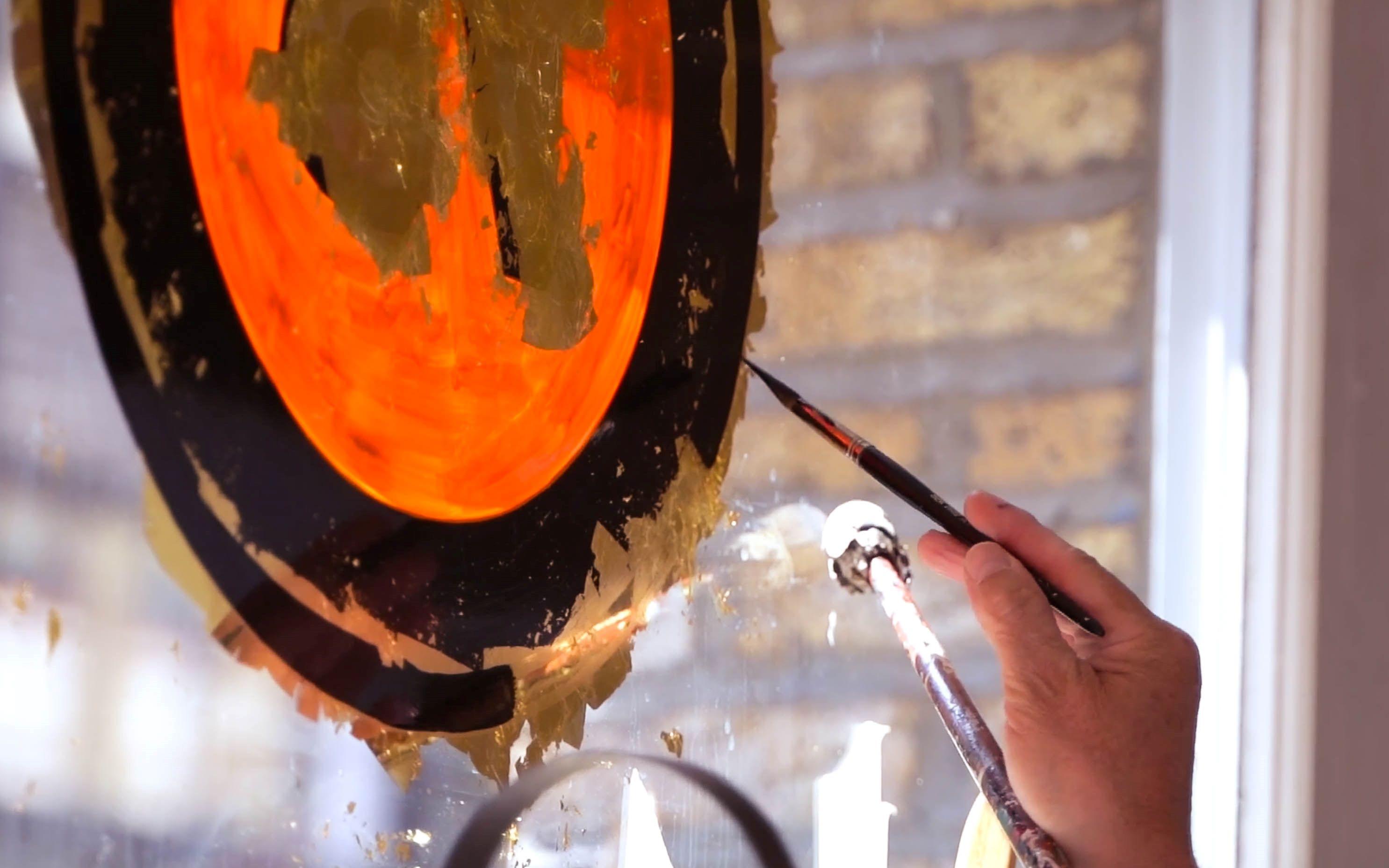
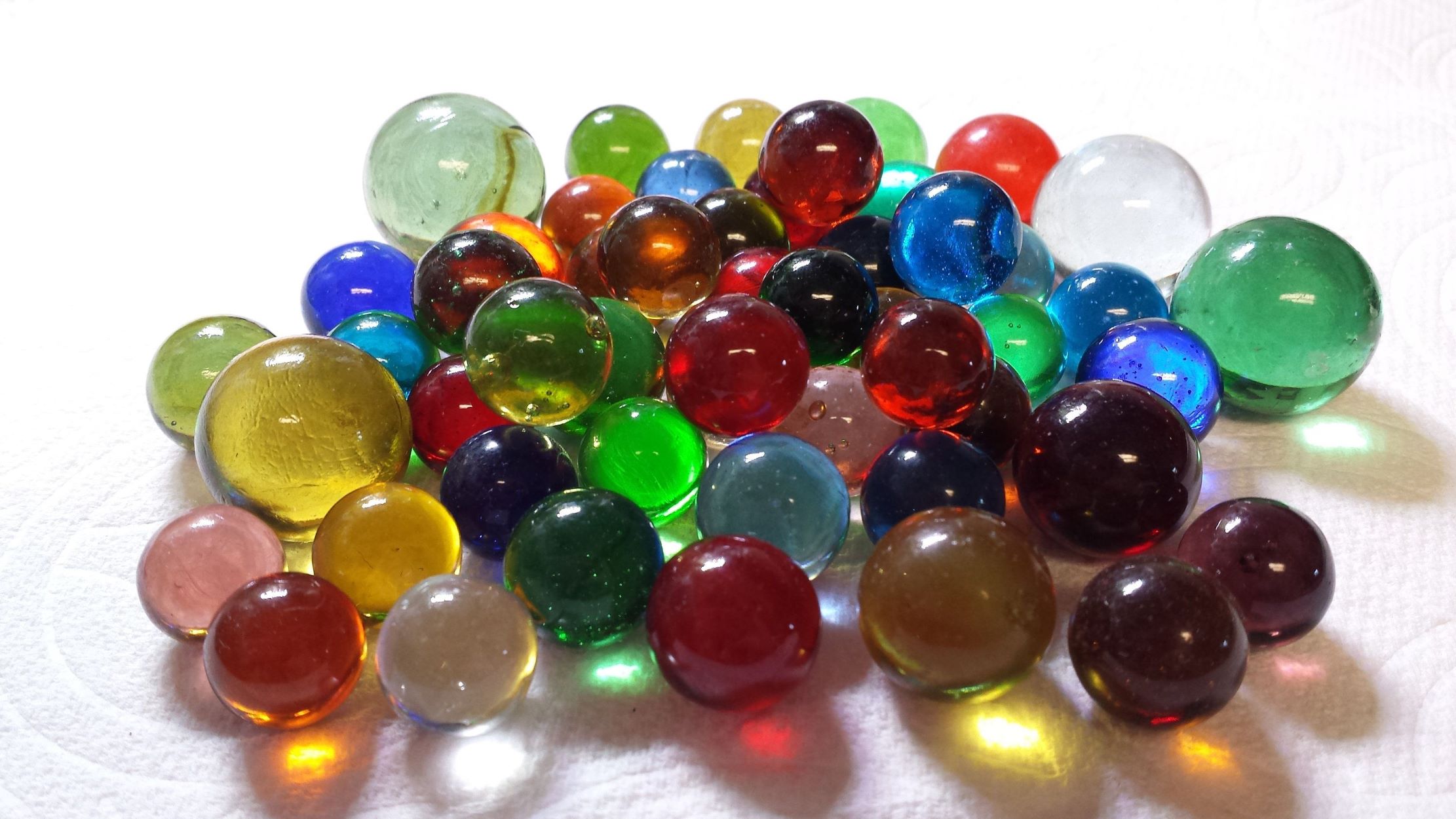
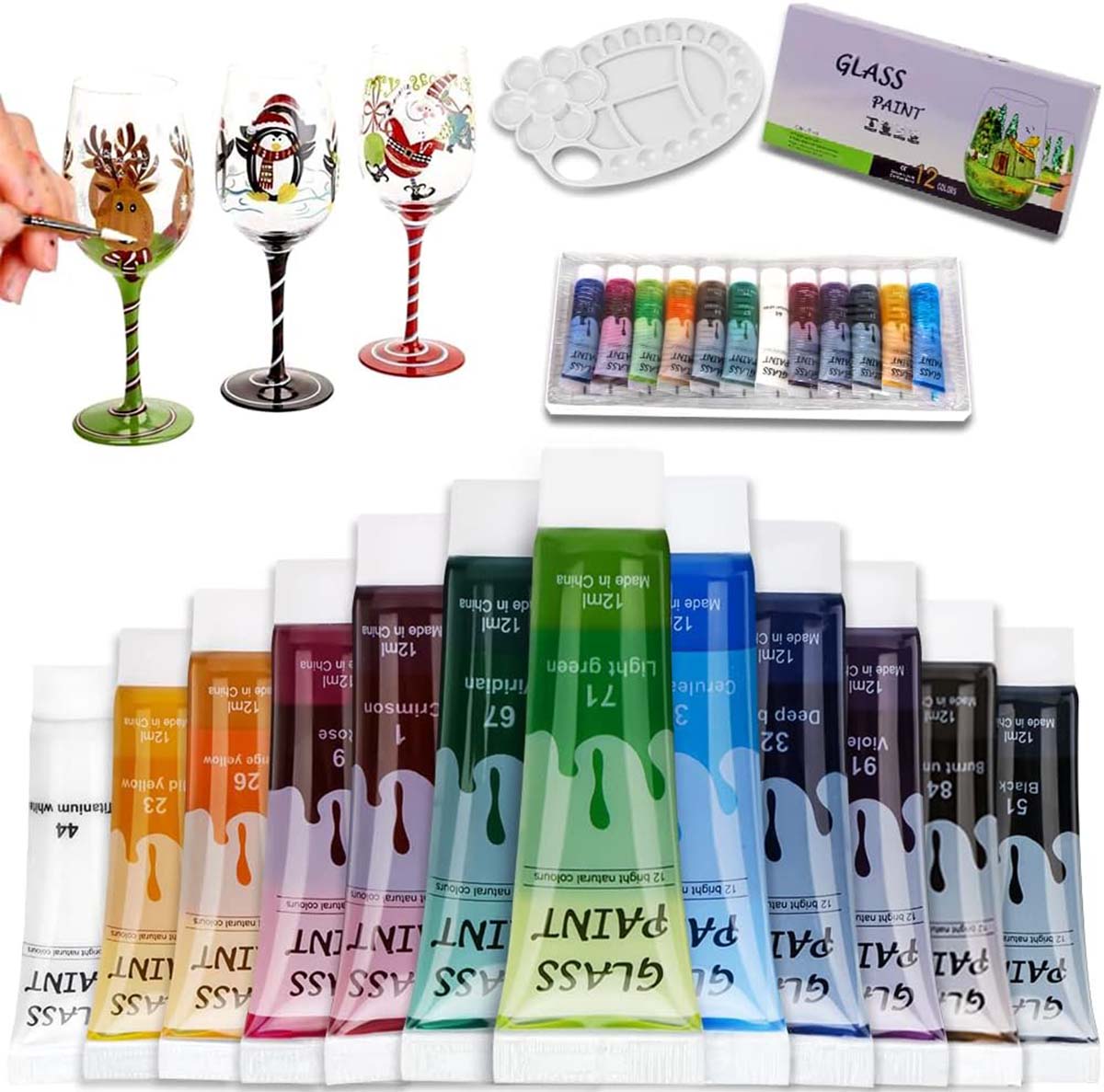

0 thoughts on “How To Do Glass Painting”